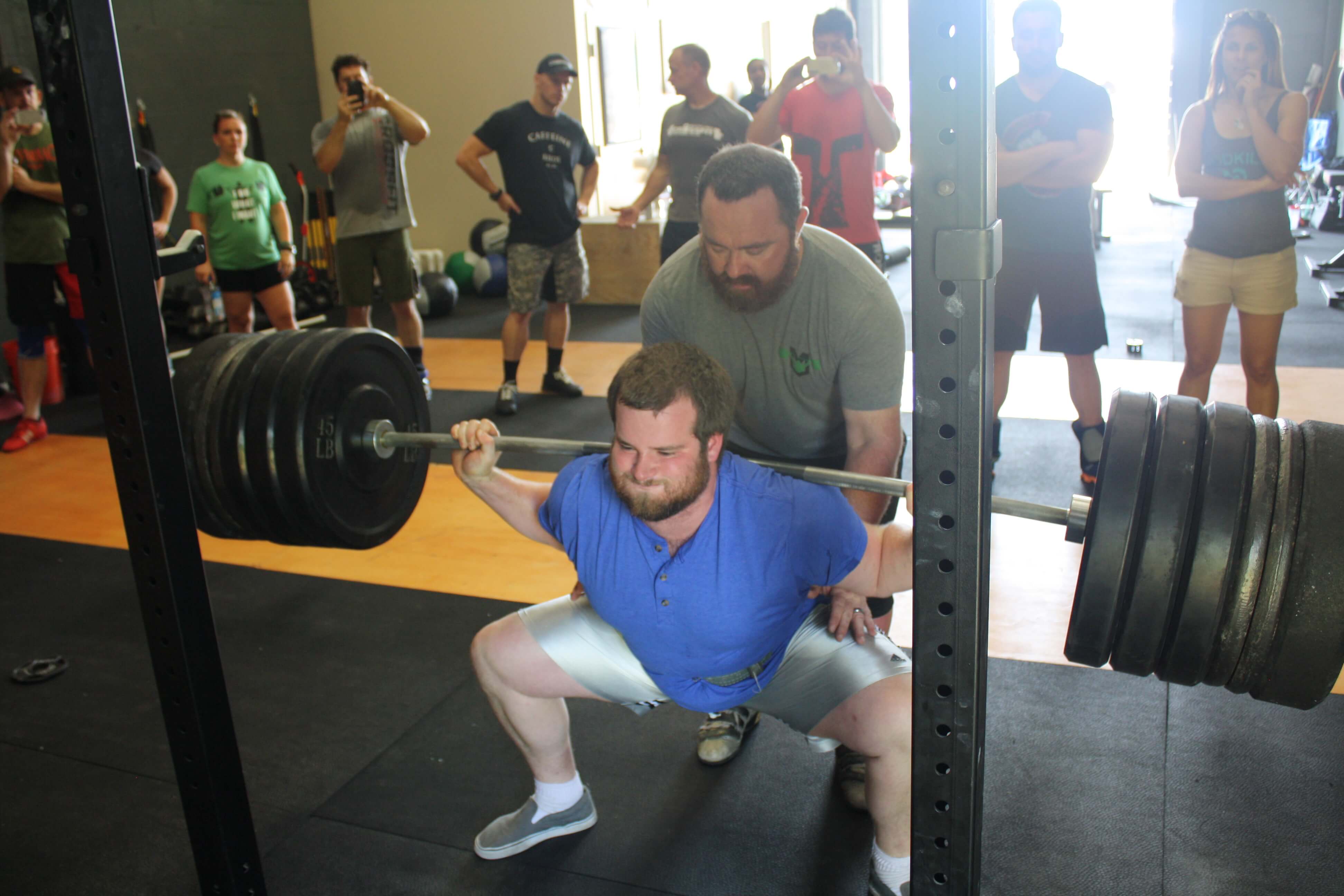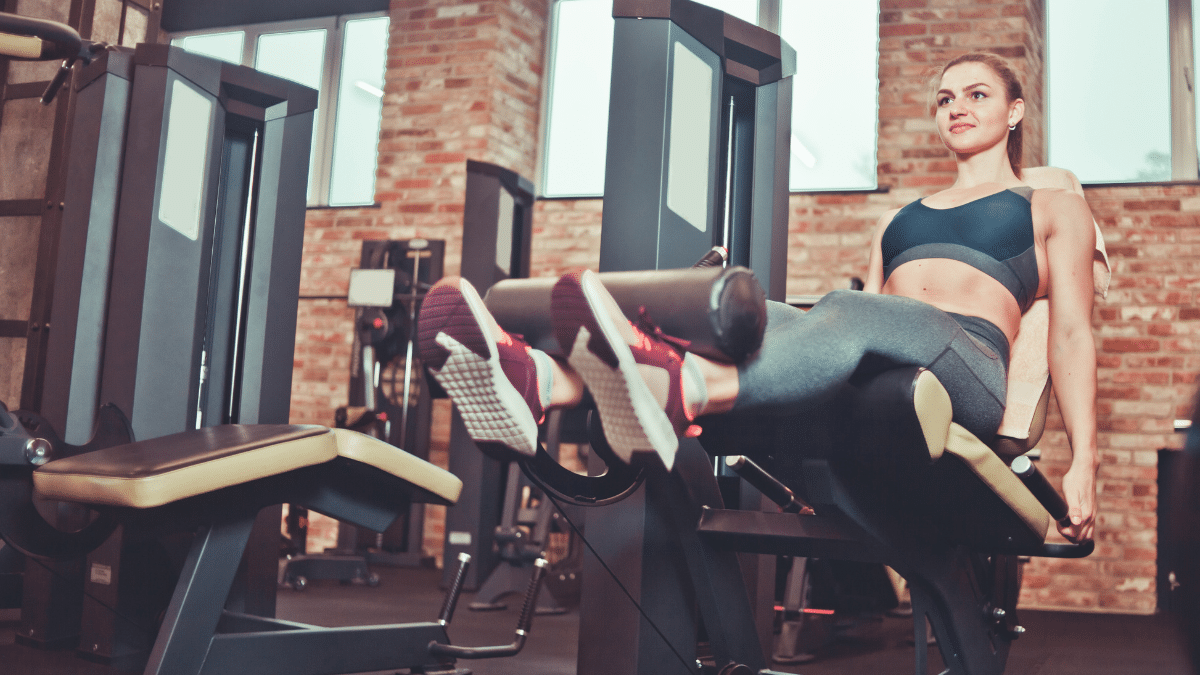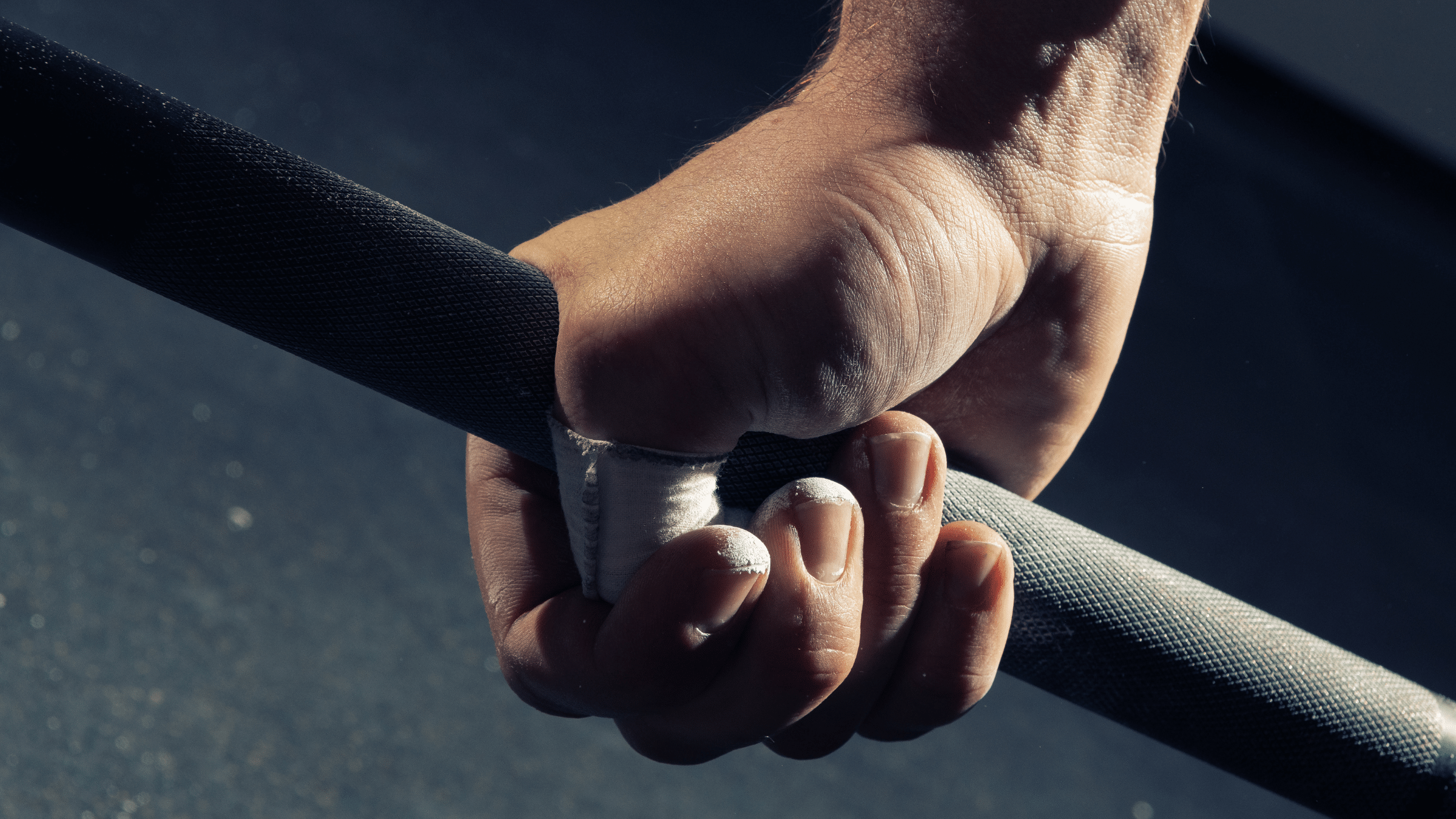Before we get into this post, I want to let you know about our giant How to Squat guide. It covers everything you need to know about every aspect of the squat – from biomechanics to correcting weaknesses to technique. Click here to open it in a new tab so you can check it out after you’ve finished reading this article.
Sayre’s law: “In any dispute the intensity of feeling is inversely proportional to the value of the issues at stake”
There are few arguments in the strength world more common than high bar versus low bar squats; therefore, you can probably assume prior to knowing anything more about the subject that there are few arguments more pointless.
Just to make my opinion known before diving in (if you can’t guess it already): It really doesn’t matter.
Of course, though a hearty shrug of the shoulders and the timeless wisdom from the Big Lebowski (“Well, yeah, that’s just like, your opinion, man”) is a sufficient response for anyone who argues too shrilly for one or the other, that’s not my style. Usually, I won’t take a side in an argument without having a solid case in favor of one position or against the other. In this instance, I think my ambivalence has a more solid case than either of the “sides.”
Update: if this subject interests you, Part 2 delves into the difference between the two in quite a bit more depth, specifically WHY most people can squat more low bar. You can find it here.
Let’s dive in:
1. A very brief primer on torques
Your muscles pull in straight lines, but the result is angular motion at joints. The effort you have to exert for straight-ahead things is measured as force; for angular things, it’s measured as torque.
The relatively linear bar path of a squat isn’t the result of any type of muscle activity directed straight up. Rather, it’s the result of muscles producing torque at joints.
To overcome external resistance (i.e. a bar on your back), your muscles have to produce sufficient torque at the joints to move them.
Just as an illustration, extend an arm out in front of you. Imagine someone hung a 25-pound plate from a rope, and hung the rope around your wrist. How long do you think you could hold your arm straight out in front of you before the weight started pulling it down? Now imagine someone hung the same 25-pound plate from a rope, and hung the rope around your upper arm, just above your elbow. How much easier would it be to keep your arm extended straight in front of you?
That’s torque in action. The external resistance is the same, but since it’s closer to the fulcrum (your shoulder, in this case), your deltoids have to produce less force to produce the necessary torque at the joint.
2. The difference between high bar and low bar squats
For low bar squats, the bar is 2-3 inches farther down your back.
Yep, as big of a deal as people like to make about high bar versus low bar squats, the previous sentence sums up the one single difference that has spawned so much vitriol.
Dropping the bar a bit farther down your back means that you’ll have to lean a bit farther forward as you squat down to keep the bar (roughly your center of gravity, especially if you’re squatting a few times more than your bodyweight) over your foot. It also generally means that your knees don’t track quite as far forward.
Also, typically people can squat 5-10% more weight low bar than high bar.
3. Torques, applied to the squat
There are two main things you have to overcome to stand up from the bottom of a squat. You have to to extend your knees, and you have to extend your hips. This means that your quads have to contract hard enough to produce the required knee extension torque, and your glutes, hamstrings, and adductors magni have to contract hard enough to produce the required hip extension torque.
Going back to our illustration of keeping your arm raised with a weight hanging off of it, the distance your knees are in front of the bar, and the distance your hips are behind the bar are analogous to how far away from your shoulder you hang that 25-pound weight.
Here’s what that means:
When you drop the bar a little lower on your back, you’re effectively decreasing how long the lever of your torso is for the movement. It’s like moving the 25-pound plate a little closer to your shoulder and farther from your wrist. The same basic principle applies to how far forward your knees track. Since they typically won’t track quite as far forward when squatting low bar, that’s also analogous to moving the 25-pound plate a bit closer to your shoulder. That means that your muscles don’t have to produce quite as much force to produce the required torque to overcome the resistance.
In non-nerd speak, that’s why you can squat more weight with a low bar position. It makes the movement more mechanically efficient.
4. Does it matter that you can move more weight low bar?
I’ll nuance this answer a bit more later, but simply for training to make the lower body strong: no, it does not matter.
Remember, torque is what produces tension is what produces a training effect (strength and hypertrophy).
Your muscles don’t know how much weight is on the bar. They just know how hard they have to contract to produce the necessary torque.
The difference in torques between high bar and low bar squats is minimal, the way they’re typically done.
*(Just to preempt a potential criticism – this doesn’t deal with every possible iteration of squat form. Sure, you could low bar squat much more upright with a ton of forward knee tracking, and then there would probably be more knee torque. Or you could high bar squat with a silly amount of forward lean, and then there would be more hip torque. If you’re concerned about going into that much detail, take a physics class, video tape your squat, and do some calculations. This discussion covers 90%+ of people, though.)
Of course, this similarity is to be expected. Your body is pretty darn good at finding the strongest positions for itself once you have the feel for a movement. If your quads can contract harder to produce more knee torque, it’s not like they’ll think: “We just about made a terrible mistake. We’re squatting low bar right now, which is more hip dominant, so we need to relax.”
Similarly, your glutes won’t quip: “Gotta make sure we contribute as little possible to this high bar squat since it’s knee-dominant, dontcha know.” You may be able to bias your knee or hip extensors with submaximal weights by purposefully altering your technique, but with maximal weights or on sets taken fairly close to failure, your body finds the position it needs to be in to give you the best chance of completing the rep.
Why don’t people’s knees track farther forward on low bar squats (thus giving them the illusion of being more hip-dominant)? Your quads are already doing all they can at the bottom of a squat. Since there’s less weight on a high bar squat, they can track a little farther forward because the required knee extension torque is the same as for a heavier low bar squat. Why are you typically a little more upright for a high bar squat? Because the bar’s a little farther from your hips, so even though you’re staying a bit more upright, you’re having to overcome the same amount of hip torque as you would for a low bar squat.
Like I said previously: The only difference is that the bar position changes by 2 or 3 inches. It doesn’t make THAT much of a difference, and it certainly doesn’t transform it into an entirely different exercise. The slight technique differences don’t fundamentally change what your body has to do to complete the lift. Rather, they make sure that your body has to do pretty much the exact same things to complete the lift.
When you squat heavy or at high RPEs, does your back angle relative to the ground decrease a bit as you’re coming out of the hole? If so, you’re giving your quads all they can take. Does bar speed decrease at or slightly above parallel when you squat heavy or at high RPEs? If so, you’re training your hip extensors hard.
No more to it than that. Both of those things will happen when you train your squats hard, whether it be high or low bar.
5. But since there’s more forward lean with a low bar squat, won’t they train the hamstrings better?
Probably not.
First off: With the low bar squat, the bar is closer to the fulcrum, which means similar hip extension torque has to be produced even though there may be a little more forward lean than with a high bar squat. Similar hip extension torque means similar challenge to the hip extensors (including the hamstrings).
Second: The squat isn’t a very potent exercise for the hamstrings anyways. I’ve written about this before, but just to cover the high point: When comparing the squat to exercises where hamstring strength is apt to be a limiting factor (RDLs and leg curls), squats produce much lower hamstrings activation with the same percentage of a 1rm. This leads you to believe that 1) Your hamstrings are probably not a limiting factor for your squat; 2) Squats aren’t a particularly good exercise to train your hamstrings.
Lastly, there’s not even a significant difference in hamstrings activation when comparing back squats and front squats. Surely if altering squat form would change the training effect for the hamstrings in any meaningful way, you’d see it when comparing front squats and back squats, which are much more different than are low bar and high bar back squats.
Squat to build the squat, do exercises that target the hamstrings (which do not include squats) to train the hamstrings.
Now that my main argument is articulated, here are a few caveats:
1. Since you’ll be able to move more weight low bar, if you plan on competing in powerlifting, it would probably behoove you to learn how to squat low bar. Powerlifting isn’t exactly about being the strongest person; it’s about moving the most weight. If you’re slightly stronger than someone else, but you squat high bar and they squat low bar in competition, and they post a higher number than you, they beat you. It is irrelevant that you may have been producing more hip and knee extension torque; the sole measurement of proficiency in powerlifting is the amount of weight you can squat to competition depth.
With that in mind, since the form is slightly different, I’d recommend you take at least a few months to squat mostly or exclusively low bar to learn the motor pattern. Establishing a skill takes more practice than reestablishing or maintaining it. After you’ve mastered the movement, train however you want. Plenty of good squatters train mostly high bar. Fred Hatfield is a prominent example. Though I wouldn’t put myself in the same category, 90% of my squat training is high bar as well, and I’m no slouch.
Then, transition to low bar squats for a few months to peak for a meet. Plenty more (Eric Lillebridge and Andrey Malanichev come to mind) train exclusively low bar all the time.
If you’re going to compete in powerlifting, learn how to squat low bar. After that, train with whatever bar position you’d like, but make sure you squat low bar for at least 4-8 weeks leading up to a meet to make sure your groove is fresh and locked in, and you have time to get comfortable handling the 5-10% heavier weights you’ll be able to move low bar.
2. If you’re training for weightlifting or CrossFit (for which weightlifting proficiency matters more than a huge 1rm squat), there’s really no reason for you to ever squat low bar. As was previously established, there’s no significant difference between high and low bar squats in terms of how effectively they’ll train the muscles involved in squatting. High bar squats, since you can do them with a more upright torso, will help ingrain a more favorable position for catching heavy cleans and snatches.
3. If you’re training for literally anything else, I stand by my basic premise: It really doesn’t matter. If you like moving more weight in the gym, squat low bar. If your elbows get banged up squatting low bar, or you just want to give your body a break from handling really heavy weights, squat high bar. Squat however you enjoy squatting. Both will make you stronger. Personally, if I had to give the edge to one, it would probably be the high bar squat; for most people, it allows for a slightly longer range of motion. However, the difference isn’t big enough to make a ruckus about. Squat however you enjoy squatting and the rest will take care of itself.
Want more squat content? Check out How to Squat: The Definitive Guide, a giant, free guide to everything you could ever want to know about the squat.




